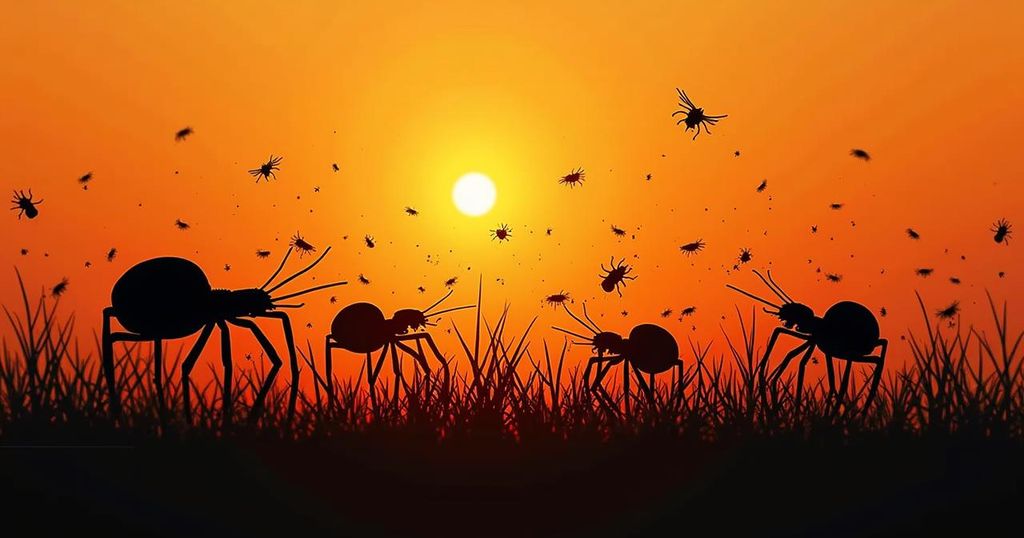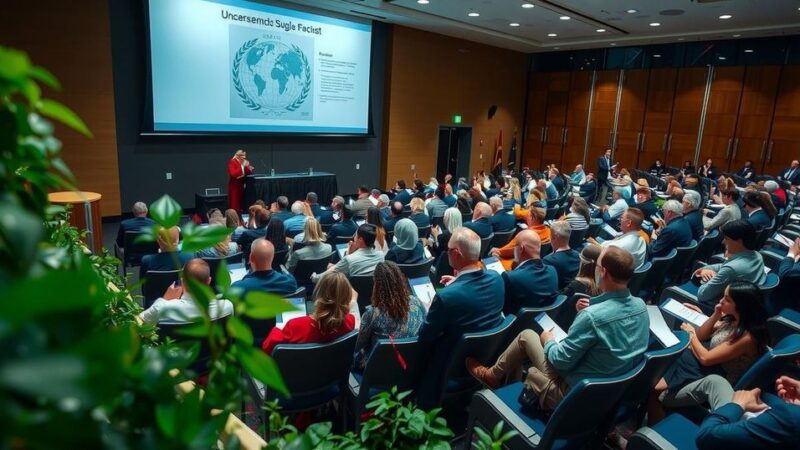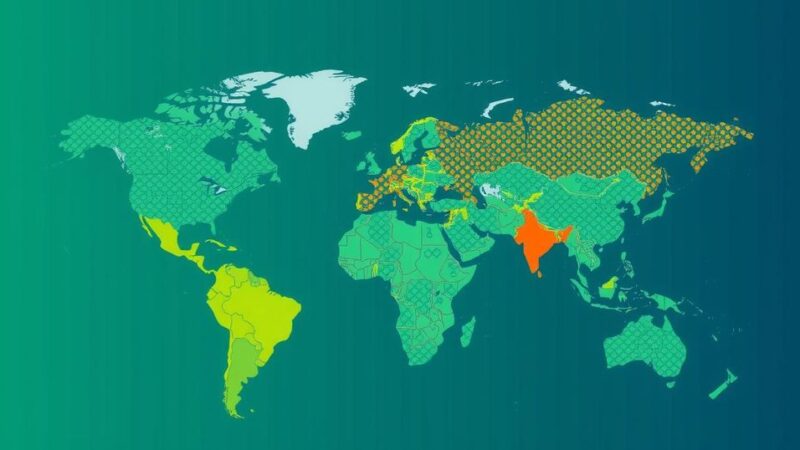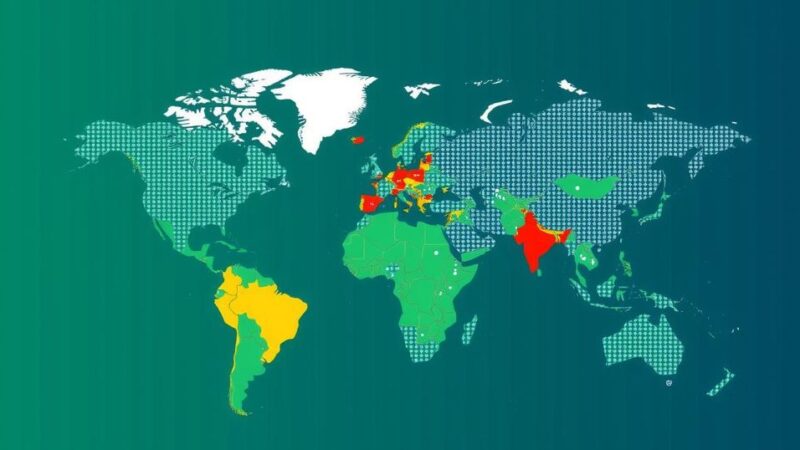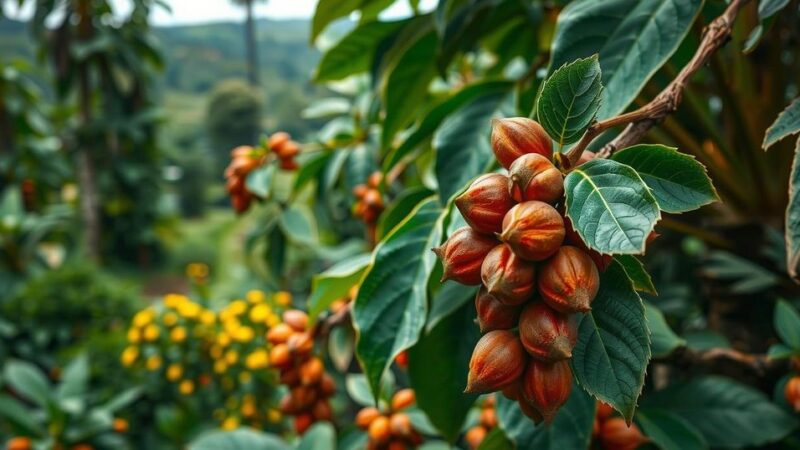Climate change has exacerbated the issue of red spider mite infestations in Libya, resulting in significant crop losses in the northwestern region. The agricultural sector is facing challenges due to climatic changes that promote the pests’ rapid reproduction. Farmers have reported extensive destruction of fruit and vegetable trees, prompting calls for improved pest management strategies and government intervention to address these dire agricultural challenges.
The ongoing scourge of red spider mites in Libya is significantly impacted by climate change, leading to severe agricultural losses in the northwestern regions of the country. The red spider mite, a diminutive pest measuring less than half a millimeter, inflicts damage by feeding on the sap of various crops, resulting in desiccated leaves and fruits that ultimately fall off. The Wadi Al-Hai agricultural development project, a key area within the Jafara Plain region, spans 12,000 hectares and is home to over 400 farms focusing on fruit trees and vegetables. Farmers, including Ali Ibrahim, the project manager, report drastic crop losses due to a mite infestation that has ravaged many fruit and vegetable trees. Fathi Al-Tahir, a plant protection specialist with the Ministry of Agriculture and Animal Resources, remarked on the pest’s transformation into a significant threat, which has escalated due to evident climate changes impacting Libya. The red spider mite’s capacity for rapid reproduction, especially in arid conditions, has allowed it to expand its range across North Africa since its initial introduction from Europe and Asia in the 1950s. Affected farmers like Jamal Breim have experienced staggering losses; he stated that since the mite’s first appearance on his farm in 2017, he has lost thousands of fig and pomegranate trees, which has made agricultural production increasingly challenging. These agricultural challenges are exacerbated by changes in climate, with significant reductions in rainfall and rising temperatures, which hasten the mite’s life cycle and reproduction rate. Experts like Ashour Suwaisi and Al-Tahir both emphasize how drought conditions contribute to the pest’s proliferation, with the average rainfall in Wadi Al-Hai dropping from 270 mm to just 50 mm in recent years. Concerns also extend to the efficacy of pesticides, as many farmers report little success in controlling the pest with the available chemical solutions. Rachid Boulmatat of the International Center for Agricultural Research in the Dry Areas warns about the potential for pesticide resistance, advocating for integrated pest management practices and enhanced farmer education. Amid these complexities, Abdul Majeed Al-Baghdadi of Libya’s National Center for Prevention and Agricultural Quarantine highlighted the widespread nature of the pest’s infestation, urging for an organized response if resources permit, to mitigate the burgeoning crisis.
The emergence and spread of the red spider mite in Libya exemplifies the dire consequences of climate change on agriculture. Characterized as one of the most dominant agricultural pests in North Africa, these mites thrive in dry, hot conditions, which are becoming increasingly prevalent due to changing climatic patterns. The red spider mite’s rapid life cycle and ability to swiftly reproduce heighten its threat to crops, particularly in areas like Libya, where agricultural practices and pest management strategies struggle to adapt to these environmental shifts. Libya’s agricultural sector faces systemic challenges, including reduced rainfall and high temperatures, leading to an increase in pest populations and difficulty in employing effective pest control measures. This scenario prompts a critical examination of agricultural resilience and sustainable practices necessary to combat the impacts of climate change on food production.
The article elucidates the critical impact of climate change on the proliferation of red spider mites in Libya, resulting in severe damage to crops and threatening agricultural sustainability within the region. Climate conditions, notably increased temperatures and diminished rainfall, have greatly facilitated the spread of this persistent pest. Furthermore, the challenges posed by ineffective pesticide use and resistance necessitate urgent attention from both government bodies and international organizations to develop comprehensive pest management strategies. As the agricultural community navigates this crisis, a concerted effort towards education, research, and practical solutions will be essential to mitigate the risks posed by climate change and preserve agricultural productivity in Libya.
Original Source: phys.org
